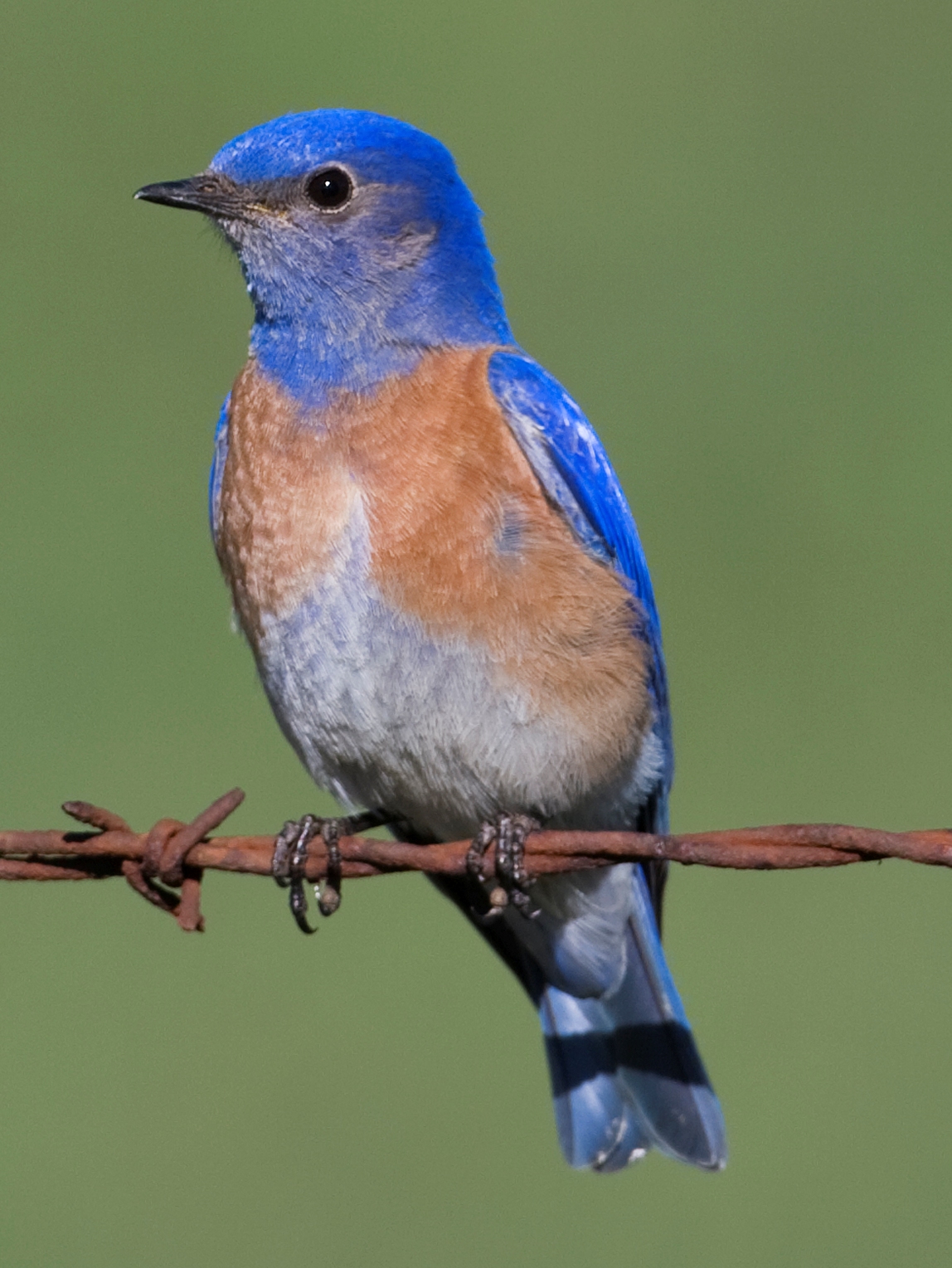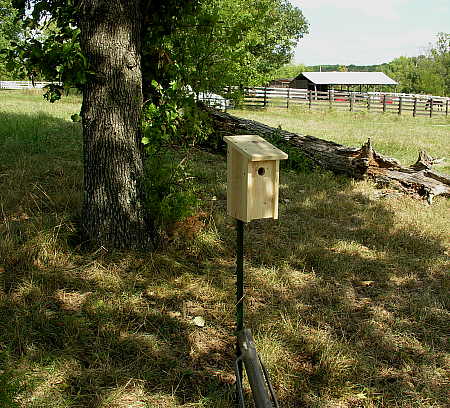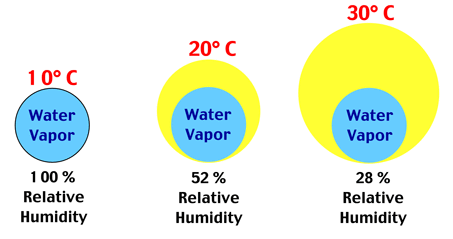Last night as I was in bed, drifting towards
sleep, I thought of something my mom told my niece the last time I was home. She said that when I was little, they would often walk into a room and find me asleep on the floor. If I'd had a big day, or lots of excitement, or especially after Christmas, I used to sack out wherever I happened to be.
My niece looked at me as if she thought this was funny and a bit strange. "Is that true?" she said.
I shrugged. "Yeah." I could get very comfortable on the floor. Bare floor, not so much. Carpeted floors, though, were never a problem. To this day, I can get myself a very satisfying nap on a carpeted floor. Usually, I'm flat on my stomach, one hand slipped under my temple for a pillow. Just thinking about it sounds kind of good to me.
Last night, I was thinking about that conversation, and then I wondered if maybe someone could say about me, "She can fall asleep anyplace." Because here are the various sorts of places other than a bed where I have fallen asleep:
- On the metro train, several times, often when very full
 See? People fall asleep on the train all the time.
See? People fall asleep on the train all the time.
(Photo by Tyler Campbell)
- At work, during lunch, while sitting at the break table.
- On the beach; in my backyard on a blanket; lots of various outside places that aren't that unusual.
- Also not that unusual, at libraries when I was supposed to be reading or studying.
- In a waiting room at the doctor's office, waiting for a friend who was seeing the doctor.
- In a doctor's examining room, with the stupid hospital gown on and everything, waiting for the nurses to give me some tests.
- When I was a teen-ager, at a slumber party, with MTV blaring and multiple girls talking and laughing and coming and going.
- Another time when I was a teen-ager, in a church during my friend's Christmas concert rehearsal, I was reading her copy of The Shining while I waited, and then I dozed off. I was awakened by a terrific noise from the pipe organ and momentarily scared out of my wits.
- On the grass of a college campus, flat on my stomach. It was after exams were over, and I just lay down on the grass and fell asleep. A stranger woke me up and asked me if I was OK. It was only then that I realized I had done an odd thing.
I think it's safe to say that if I'm tired enough, I can sleep just about anyplace. Provided no one is in the room snoring. I have a lot of trouble sleeping through someone else's snoring. But pretty much other than that, if I'm ready to sleep, I'm can fall asleep wherever I am.
But I know I do not have narcolepsy.
 Yes, I've done this. But that doesn't mean I have narcolepsy.
Yes, I've done this. But that doesn't mean I have narcolepsy.
(Photo from IvyGate)
- Narcolepsy is a neurological disorder that gives people overwhelming urges to sleep at fairly random times during the day or night. They may fall asleep for only a few seconds or for an hour or longer.
- Researchers think that narcolepsy is characterized by a blurring of the boundaries between waking and sleeping.
- Narcoleptics don't get more sleep than the rest of us; instead, they fall asleep at the wrong times during the day, often involuntarily. Then during the night when they're supposed to be asleep, they can't fall asleep or they wake up a lot.
- Those of us without narcolepsy take about 80 to 100 minutes of early-stage sleep before we hit REM sleep. Narcoleptics, however, enter REM sleep after only a few minutes.
- Narcoleptics often fall involuntary into sleep, sometimes for only a few minutes or seconds. These are called microsleeps. If the narcoleptic has been doing some task, especially if it is routine or habitual like driving or typing or taking notes, they will often continue to perform that task even during the microsleep.
- Narcoleptics may wake up to discover they are driving and don't know where they are or how they got there, or awaken in the middle of class to discover their notes are completely illegible and they have no idea what was said for the last half hour, or they wake up to discover they have put all the groceries away but in slightly strange places. And they have no recollection of doing any of these things.
- People with narcolepsy may experience one or more of the following symptoms:
- Excessive daytime sleepiness (EDS). People describe this as "a persistent sense of mental cloudiness," lack of energy, extreme exhaustion, or difficulty remaining alert. This is the most common symptom. This is what makes narcoleptics nod off in the middle of things.
- Sudden loss of voluntary muscle tone (cataplexy). This is often mis-diagnosed as a seizure, but it more closely resembles the interruption of muscle activity that happens during REM sleep. Some muscles get droopy all of a sudden. It could be that only the eyelids droop suddenly or speech gets slurred or the knees buckle during laughter. Or it could be so extensive that the narcoleptic suddenly unable to speak or move. These things occur while still conscious. These episodes are often accompanied by extreme emotions such as anxiety, fear, excitement, or humor. Laughter is the most frequently reported trigger for cataplexy.
 A narcoleptic teenager waiting for a bout of cataplexy to pass. It really bites that laughter is usually what precedes something like this. I would come to dread laughing.
A narcoleptic teenager waiting for a bout of cataplexy to pass. It really bites that laughter is usually what precedes something like this. I would come to dread laughing.
(Photo from Psychology Wiki)
- Vivid hallucinations just as sleep is coming on or while waking up. Usually the hallucinations are visual, but they can involve any of the senses. Again, these experiences are similar to what occurs during REM sleep. Basically, this amounts to experiencing your dreams while awake.
- Brief but total paralysis either at the beginning or end of a sleep episode. This is similar to cataplexy, but this occurs during sleep. When people experience this, they wake up to discover that they can't move and they are terrified they are permanently paralyzed. I only lasts a minute or two and once the episode is over, they can move and speak as they always have. But it sounds horrific.
 This is a rough estimate of the likelihood that a narcoleptic will have each of the four major symptoms of narcolepsy.
This is a rough estimate of the likelihood that a narcoleptic will have each of the four major symptoms of narcolepsy.
(Graph from Basics of Sleep Research's Sleep Syllabus)
- Here are some examples from Stanford's Narcolepsy Center of what some of these symptoms look like.
- In this first movie, a weimararner has lots of occurrences of cataplexy. There's no sound, but you can see the dog's legs kind of give way several times. He's barking, doesn't like it apparently, and finally he passes out.
- In the second movie, two dogs are running around all excited, and then they both get less and less control over their legs and then they both kind of sink to the floor, paralyzed. Then a dachshund comes in and the same thing happens. A doctor narrates what's going on. He says "See? Completely paralyzed" a lot.
 These dogs are not asleep; they are all in cataplexia, the state of paralysis associated with narcolepsy. Two of these dogs are in the second movie linked to above.
These dogs are not asleep; they are all in cataplexia, the state of paralysis associated with narcolepsy. Two of these dogs are in the second movie linked to above.
(Photo from Stanford University, sourced from Science Online)
- It is often 10 to 15 years before narcolepsy is accurately diagnosed.
- About 1 in 2,000 people have it, or about .03% of the population.
- Narcolepsy usually makes itself known between the ages of 35 and 45. It can also show up at a younger age, between 10 and 25, and it may be mis-diagnosed as or associated with attention deficit disorder. It is less likely to appear once you hit 50, but it has shown up in a few people at that age or older.
- Researchers think it appears due to a combination of genes and experiences, particularly those that are stressful or traumatic. But the researchers are really only guessing.
 Horses can have narcolepsy, too. If a horse droops, then buckles suddenly but appears to be awake and there's no seizure, your horse may have narcolepsy.
Horses can have narcolepsy, too. If a horse droops, then buckles suddenly but appears to be awake and there's no seizure, your horse may have narcolepsy.
(Photo from Horse and Hound.co.UK)
- Nobody knows for sure what causes it. They think it's related to a deficiency in a particular chemical in the brain called hypocretin, but they don't know why there's not enough hypocretin.
- And there is no cure. Doctors don't yet know how to make use of the knowledge about hypocretin in a way the fixes the problem.
- There are medications that can help, however. Medications are often prescribed to control the EDS, and these tend to be the same kinds of drugs that are prescribed for depression. Doctors may also prescribe amphetamines (speed), though there are so many negative side-effects with the amphetamines, doctors prefer to prescribe something else instead, if they can.
- Some narcoleptics may also be given a prescription to help with the cataplexy. The drug used to help with this symptom is Xyrem, better known as GHB, which is often abused and has been dubbed the "date rape drug." Because of the way it has been misused, its prescription is very closely regulated and monitored.
- People with narcolepsy are encouraged to
- Try to keep to a regular sleep schedule as much as possible, even if that means taking scheduled naps throughout the day when they tend to feel the most sleepy
- Avoid caffeine and alcohol, substances which can interfere with the body's sleep mechanisms
- Refrain from smoking especially near bedtime
- Exercise regularly, 4 to 5 hours before bedtime
- Keep a comfortable, warm, and dim bedroom
- Do soothing things like take warm baths or have a massage before bedtime
 People with narcolepsy may sleep while driving without even realizing it
People with narcolepsy may sleep while driving without even realizing it
(Photo from www.jamielau.co.uk)
I'm the most curious about narcolepsy and driving.
- According to what I found -- and it's not necessarily the most recent or complete information -- there are regulations against driving if you have diabetes and might have an insulin attack, if you have severe heart disease, if you have a respiratory condition that might restrict the flow of oxygen to the brain, if you're addicted to alcohol or drugs, if you have visual or hearing impairments. But not much about narcolepsy.
- A few states have regulations that don't allow people with narcolepsy to drive. Others say you have to wait at least a year after starting treatment before you can get your license. Most have a statement that anything that might lead to a loss of consciousness could be considered a restriction against getting a driver's license. But they don't explicitly include narcolepsy.
- Your doctor may decide, if you have narcolepsy, that you shouldn't drive at all. Under those conditions, the doctor may fill out some Official Form that would keep you from getting a license.
- But generally speaking, people with narcolepsy are allowed to drive. I'm guessing this is because medications to control the EDS can be helpful enough that sleep attacks won't happen as often, or can be avoided?
- Even so, people with narcolepsy are encouraged to make driving accidents less likely by
- Taking medications as prescribed
- Planning to drive when sleep attacks are less likely
- Stopping regularly during long drives to exercise or take breaks or naps
- Riding with friends or family members
- Avoiding situations or passengers who might create overexcitement and trigger a sleep or paralysis attack
This seems pretty dangerous to me. I've always thought that
sneezing while driving was dangerous enough. But if it's possible you might sack out at the wheel for an undetermined length of time, it seems to me that maybe a different method of transportation might be the wisest choice.
Update: A safety study compiled by General Accounting Office and obtained by the
Associated Press reveals that commercial truck drivers are often licensed in spite of having medical conditions that could interfere with their job. As a result, of the 5,300 people who died as a result of commercial trucking accidents in 2006, the majority of crashes were associated with a medical condition of the truck driver's or because the truck driver fell asleep. The doctor who oversees the Federal Motor Carriers Association, which is supposed to regulate who gets a commercial driver's license and who does not, said that this is "one of the biggest causes of occupational deaths in the United States today."
Representatives are going to begin reviewing changes to regulations that would hopefully close some of the loopholes that currently allow truckers who are probably going to pass out to keep driving. Perhaps they'll look into whether or not narcolepsy should be on the list of hazardous medical conditions.
(The GAO report is due to be released later this week)
So, what are some of the stranger places where you've fallen asleep?
Sources
National Institute of Neurological Disorders and Stroke, Narcolepsy Information Page and Narcolepsy Fact Sheet
Mayo Clinic, Narcolepsy
Ingfei Chen, "A Leap Forward, but Hurdles Remain in Narcolepsy," Times Essentials: Reporter's File, The New York Times, date unknown but probably some time in 2006.
Sleepnet, Narcolepsy forum, Narcolepsy and Driving, September 13, 1998
National Heart, Lung, and Blood Institute, Diseases and Conditions Index, Living with Narcolepsy
Scuba-Doc, Diving with Narcolepsy















































